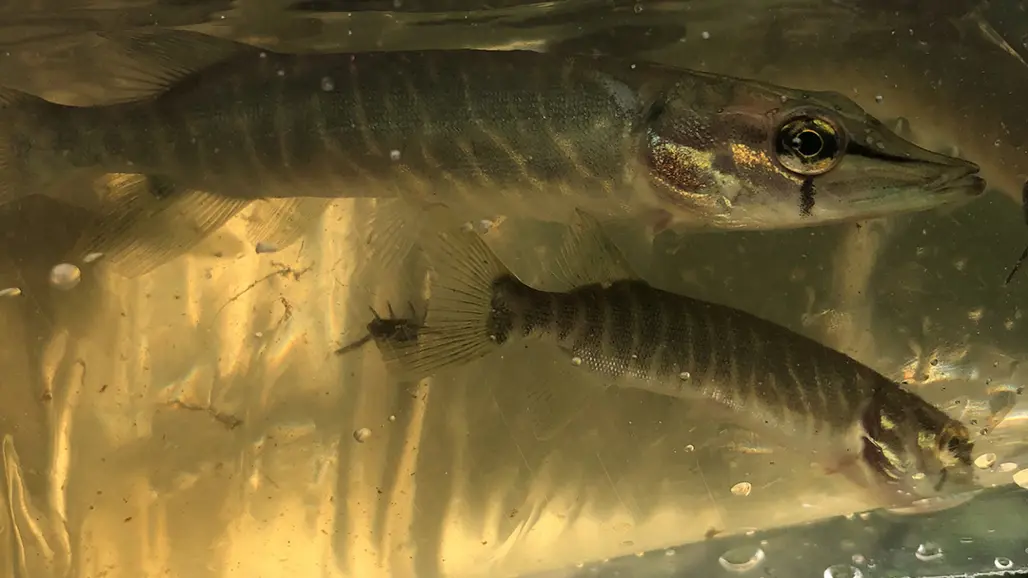
Environmental DNA estimates the size of pike populations
Sustainable fish population management requires reliable data on size and development. For pike, this information is lacking. In his dissertation, Erik Karlsson explored the potential of using environmental DNA to estimate pike population size.
Environmental DNA (eDNA) is a relatively new method where DNA left by various organisms in their environment is used to detect which species are present. The method has also shown potential for indicating the abundance of these species. As a first step in his dissertation, Erik Karlsson demonstrated that under controlled conditions, the amount of DNA from pike is proportional to the number of pike present in the area.
– It may seem obvious that the amount of DNA increases with the number of pike, but it is important to establish that this is actually the case, as these relationships can differ between species and be influenced by factors such as temperature, explains Erik Karlsson.
In his dissertation, Erik also examined various methods used in environmental DNA studies to identify the most effective alternatives.
– It turned out that a relatively simple and inexpensive method produced comparable or even better results than methods more commonly used in environmental DNA studies. This could mean that more samples can be processed more quickly and at a lower cost, Erik Karlsson reports.
Finally, he conducted two field studies to investigate the relationship between amount of pike and amount of pike DNA in natural environments. Here too, he found a positive relationship between the presence of pike and environmental DNA.
– The amount of DNA in natural environments was also proportional to the number of pike. However, other factors also had an influence, and temperature proved to be crucial to the relationship. This will need to be considered when choosing the timing for conducting surveys.
Erik’s dissertation thus shows that environmental DNA can offer an effective and non-invasive method for estimating the relative size of pike populations.
Read the thesis, Assessing the potential of environmental DNA for quantitative monitoring of northern pike (Esox lucius) populations
